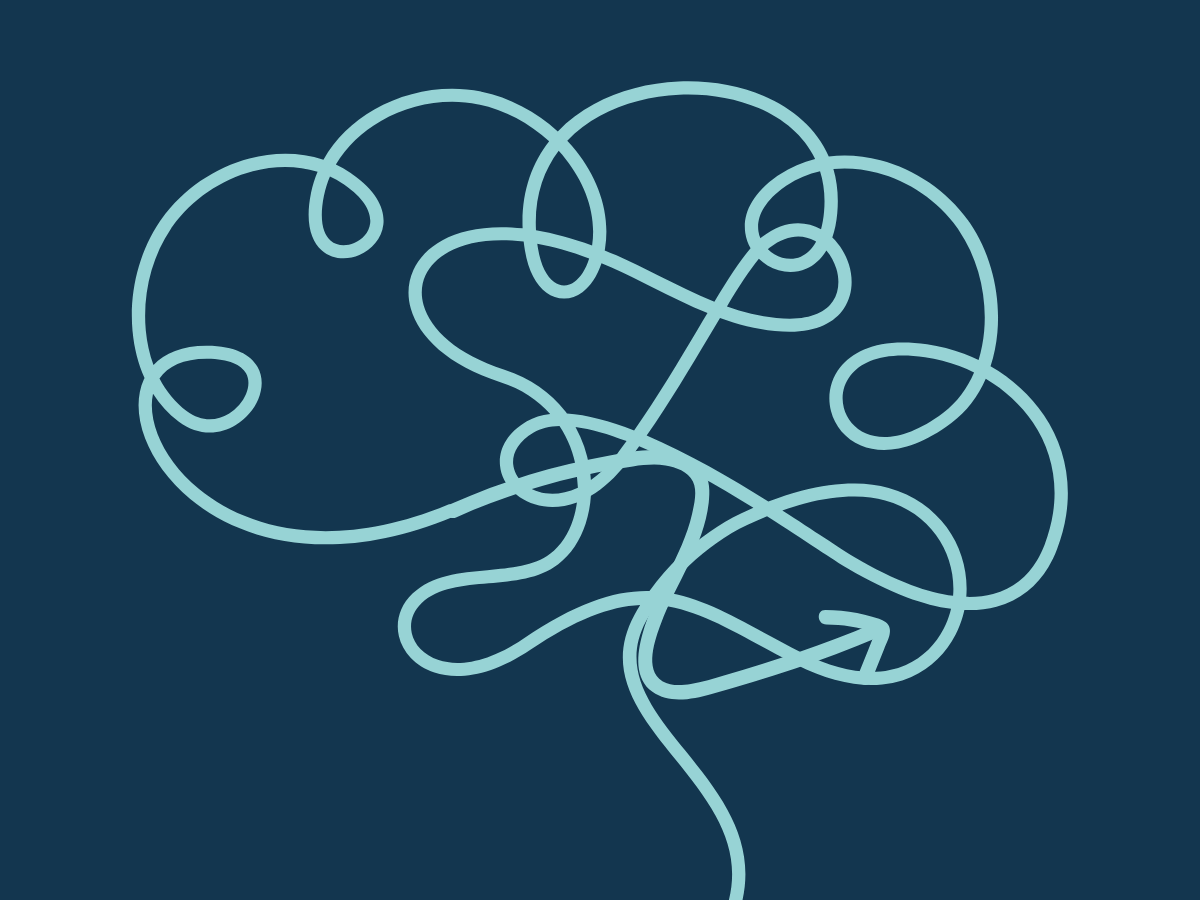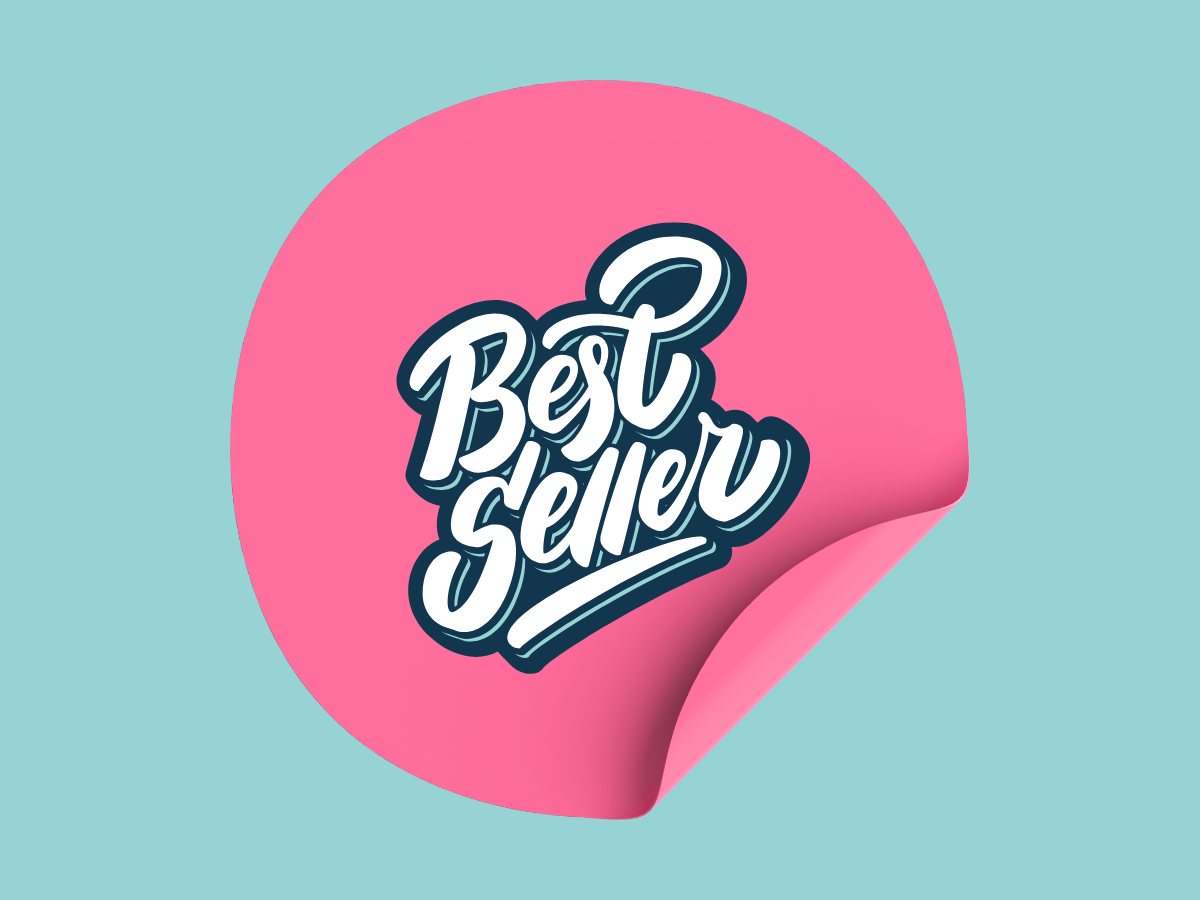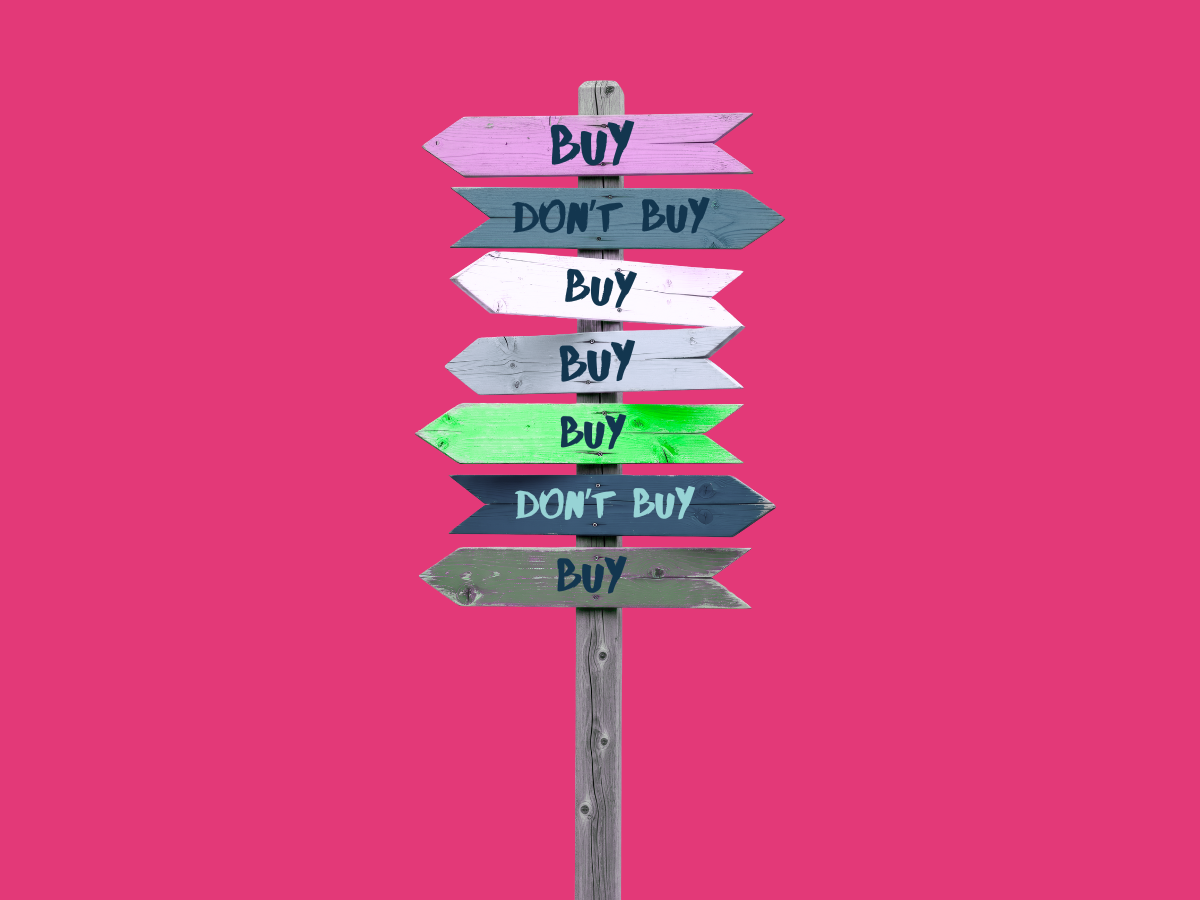How to read customer behavior like a mind reader

Your visitors could be telling you exactly what they need. But are you listening?
Every session on your eCommerce platform generates behavioral signals. Clicks, pauses, returns to the same product, adds items to the cart, and exits. These patterns reveal purchase intent more accurately than any demographic data ever could.
The difference between efficient conversion optimization and margin erosion comes down to reading these signals correctly and then acting on them in real-time.
This isn't about psychology or guesswork. It's about pattern recognition. Your customers are broadcasting their needs through their actions and behaviors. The question is whether you're paying attention.
The signals are already there
Most eCommerce CRO strategies treat every visitor the same. Everyone gets the same pop-up. Everyone sees the same sitewide banner. Everyone receives identical email sequences.
This approach assumes all visitors have identical needs. They don't.
Some customers know exactly what they want and need zero intervention. Others are genuinely interested but stuck on a specific barrier. Some are just browsing with no real purchase intent.
Behavioral signals help you distinguish between them.
Research from the Baymard Institute shows that over 70% of shopping carts are abandoned across retail sectors. However, what matters here is that not all abandonment indicates the same problem. Some customers need a nudge. Others just need to think. Some were never going to buy in anyway.
Blanket discounts and promotions can't distinguish between these scenarios. Behavioral analysis can.
Hesitation looks different from research
Watch how someone interacts with your site. The patterns reveal everything.
A customer who bounces between a product page and their shopping cart five times isn't researching. They're hesitating. Something is creating friction. Maybe the price feels high. Maybe they're uncertain about fit. Maybe shipping costs surprised them.

Compare that to someone methodically working through your catalog. They read specifications. They check reviews. They compare similar products. They take their time.
That's research. They need space, not incentives.
Trying to convert a researcher with a promotion is like offering coffee to someone still reading the menu. You're solving a problem they don't have. Worse, you might actually interrupt their natural buying process.
The browsing pattern indicates which intervention is most effective. Using fast information may cause researchers to feel uncertain or hesitant. And hesitators need different support than researchers.
Cart value reveals who actually needs help
Here's what most eCommerce platforms miss in their optimization efforts: High-value carts usually convert without help.
There's a clear relationship between cart value and promotional sensitivity. Not all cart values respond equally to discounts.
McKinsey research indicates that personalization can drive revenue increases, but only when targeted correctly. Blanket approaches don't achieve these results because they waste promotional budget on customers who don't need assistance.
Think about your own conversion data. You'll likely find patterns like this:
- Low-value carts (under $50): Often indicate browsing rather than serious purchase intent. Conversion rates remain low, regardless of the promotion.
- Mid-range carts ($50-£150): Show the highest promotional sensitivity. A targeted offer can meaningfully shift conversion likelihood.
- High-value carts ($150+): Typically convert without discounts. These customers have already convinced themselves.
The goal isn't to offer a discount to everyone. It's identifying the mid-range cart that needs assistance while protecting margin on high-value conversions that would happen anyway.
This is where most retail strategies destroy profitability. They optimize conversions without considering which conversions actually need help.
Session timing tells you about intent
Time reveals commitment.
A customer who adds items to their shopping cart within two minutes of landing? That's probably a repurchase. Or very high-intent from an external source. No intervention needed.
Someone who spends twelve minutes browsing, adds nothing, then leaves? Could be research. It could be a distraction. It could be comparison shopping across multiple sites.
But someone who returns for the third time this week, with each session lasting longer and viewing the same products repeatedly? That's someone working through a specific barrier. That pattern screams, "I want to buy, but something is stopping me."
Return visit patterns matter just as much as single-session behavior.
- Same-day returns indicate a strong intent, albeit with a minor barrier to overcome.
- Multi-day returns suggest comparison shopping or extended consideration.
- Week-plus returns often indicate that remarketing is working or that they received a reminder.
Each pattern requires different support.
Real-time behavioral analysis makes these patterns actionable during the session, rather than afterwards. Traditional analytics tell you what happened yesterday. Customer experience optimization requires knowing what's happening now, while you can still influence the outcome.
The precision advantage of behavioral targeting
Here's where personalization moves from concept to profit.
Instead of everyone receiving the same treatment, behavioral signals let you create precise interventions:
- High-intent browsers with appropriate cart values receive targeted offers that address their specific hesitation.
- Researchers see minimal promotional messaging because they don't need it yet.
- Returning visitors get escalating assistance based on their previous barriers.
- Customers who would buy anyway never see discounts.
This isn't about more promotions. It's about the smarter ones. Broadcasting the same offer to everyone doesn't constitute personalization, regardless of what your eCommerce platform calls it.
The math changes dramatically when you stop discounting people who don't need help.
Consider a typical scenario. You run a 15% off promotion. Roughly 30% of recipients would have purchased at full price. You just gave away 15% margin on those conversions for zero incremental benefit.
Now consider behavioral targeting. The same 15% offer is only available to customers who display hesitation signals at specific cart values. Your promotional cost per incremental conversion drops by 60%. Your margin protection improves. Your conversions increase because offers reach people who actually need them.
(Your finance team will appreciate the difference.)
Stop discounting people who don't need it
The real power of behavioral signals isn't just knowing who to target; it's also understanding how to engage with them effectively. It's knowing who NOT to target.
Every customer who receives an unnecessary discount represents pure margin loss. They were buying anyway. You just made their purchase cheaper for no reason.
This happens constantly with blanket promotional strategies.
When you stop giving away margin to customers who were already buying, you can afford to help the ones who genuinely need assistance. That's how you increase conversions while protecting profitability. Yet most promotional strategies focus entirely on conversion at any cost rather than profitable conversion.
Behavioral targeting optimizes both simultaneously.
Managing inventory through behavioral intelligence
Behavioral signals don't just optimize promotion spend. They help manage stock.
Products moving slowly? Behavioral targeting identifies customers who show interest in specific items and delivers targeted incentives. This moves inventory without blanket discounting your entire catalog.

Products selling fast? Behavioral targeting reduces promotional pressure on high-velocity items, protecting margin while they'd sell anyway.
This is inventory management through customer experience optimization rather than desperate markdown cycles.
Read the signals, act on them
Your eCommerce platforms already capture this data: session duration, pages viewed, return visits, cart additions, and checkout starts. The behavioral information exists.
The question is whether you're using it to make smarter promotional decisions.
Most brands aren't. They treat promotion as a blunt instrument. Apply the discount. Hope for conversions. Accept margin erosion as the cost of doing business.
Behavioral targeting makes promotion a precision tool. The kind that improves both conversions and margins simultaneously.
Start reading the patterns. Stop guessing about promotional need.
Your customers are already telling you everything you need to know.
(Whether you're listening is up to you.)





